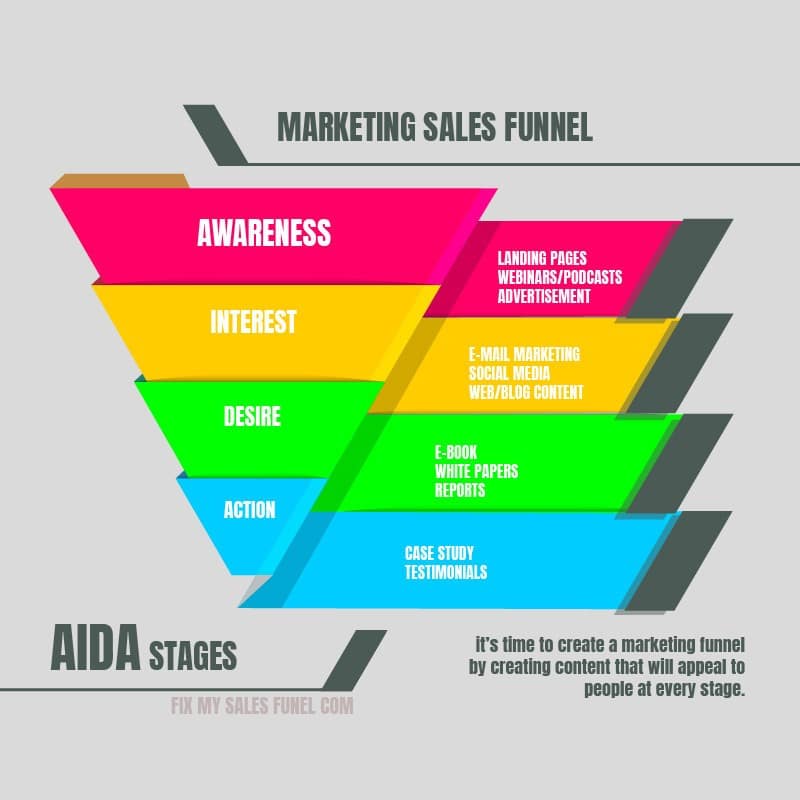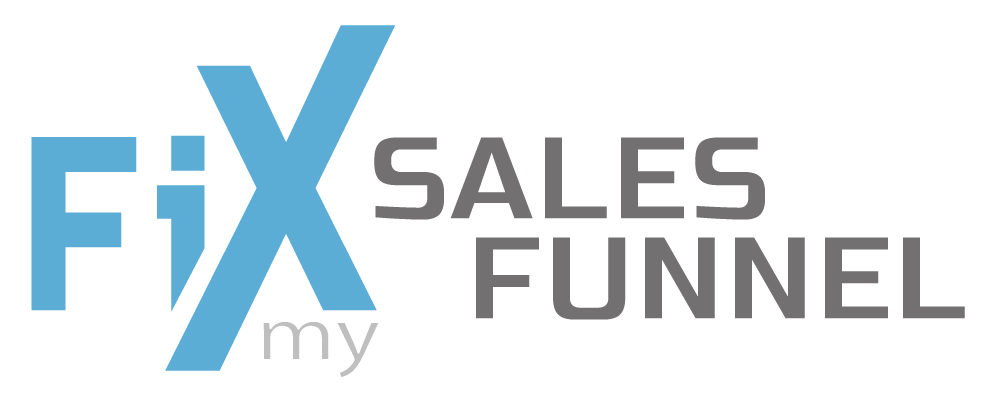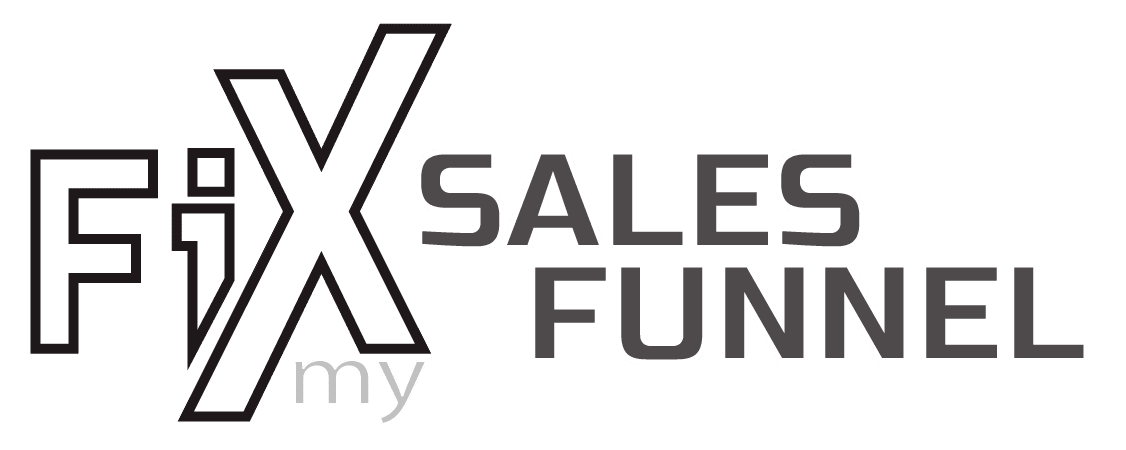Sales Funnel explained
What is sales funnel? - How does it works? - how is it built?
General statistics show that only every sixth user of the website decides to buy. Other Internet users surf the site only to get information or to compare an offer. The use of a sales funnel will allow you to verify the real needs of a potential customer, accelerate and, above all, increase sales.


what is marketing sales funnel
what is sales funnel and HOW DOES THE SALES FUNNEL WORK?
A sales funnel is a metaphor that helps you understand the sales process. Well, all users visiting the industry website, go to your sales funnel. Therefore, as the name suggests, it is wide at the top. However, only Internet users who take advantage of your offer, and thus transform into actual customers, leave the sales funnel with the bottom, much narrower side.
This illustrative way of presenting the whole process helps in classifying potential clients into appropriate groups and in taking necessary actions, whose ultimate goal is to finalise the transaction, i.e. moving Internet users to the lowest level of the marketing funnel.
A significant value of the sales funnel is the ability to determine the duration of the sales cycle and create an accurate action plan to achieve its business goals. The sales funnel allows you to organise and assess the value of individual activities in terms of their marketing effectiveness.
DEVELOP YOUR MARKETING FUNNEL
The marketing funnel generally is divided into four levels, which indicate different degrees of interest in your offer. For each of them, you should appoint appropriate marketing activities that will allow you to move your audience to the next stage. It is essential to choose the correct means and methods to attract the attention of those interested, and then change their position in the sales funnel.
It is necessary to move recipients down your sales funnel by offering them valuable content that will lead them to leave their contact details. The selection and combination of individual text elements combined with an attractive visual layout are critical. Industry-specific e-books, webinars and video materials can appear as eye-catching incentives for further contact.
INITIAL LEVEL OF SALES FUNCTION
As we have already mentioned, this part of the sales funnel includes all users who come to your site. At this stage, determine by which methods you will most effectively attract a specific audience to your website (keyword strategy, website positioning, engaging content, an industry blog, social media, etc.). Consistently test and implement solutions that will contribute to moving Internet users down the sales funnel.

Sales Funnel explained
POTENTIAL CUSTOMERS WHO SHOULD SUBMIT AN OFFER
Remember that not every Internet user who will be at the top of the sales funnel will be interested in your products or services. A potential customer is one who is worth devoting his time to and presenting his offer so that he moves to a lower level of a sales funnel. That is why it is so essential that the methods of customer interaction you choose contribute to changing their position in the sales funnel.
POTENTIAL CUSTOMERS WHICH YOU NEED TO COVER WITH AN APPROPRIATE MARKETING PROGRAM
At this level of the sales funnel there are customers interested in your offer, who have not yet made a purchase and who need to be prepared appropriately, e.g. by regularly presenting the latest offers and information on given products or services. Skilful action will encourage them to be active and make them slide down your sales funnel.
CUSTOMER AT THE END OF THE MARKETING FUNCTION
If with the help of appropriate marketing actions, you manage to move a given recipient to this level of the sales funnel, it means that your strategy was successful and you were able to finalise the transaction. Remember to ensure that the completed purchase is not the last activity of the buyer. Take care of the development of the existing commercial relationship (also by consistently providing valuable content) so that a one-off purchase turns into a series of investments.
WHAT YOU GAIN
By developing specific characteristics of each of these groups, you can monitor the conversion rate between individual stages and, as a result, measure the effectiveness of the marketing techniques used. Regularly control the number of consumers at each level of the sales funnel, for different marketing channels. Thanks to this, you will determine which activities are worth focusing on and which ones to eliminate.

